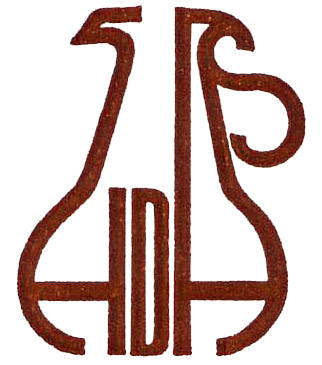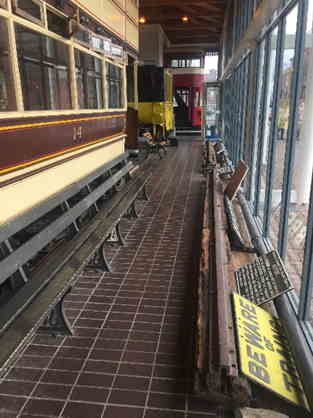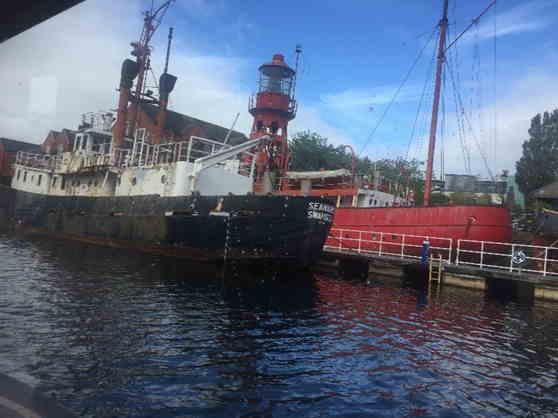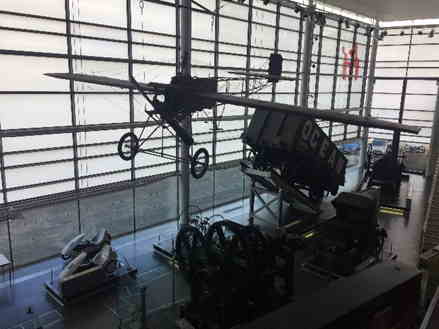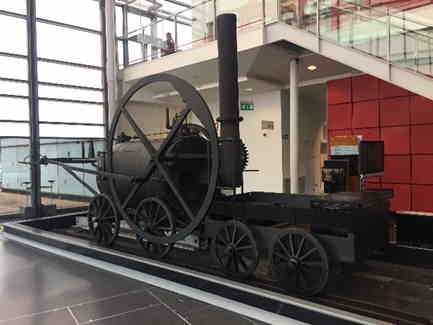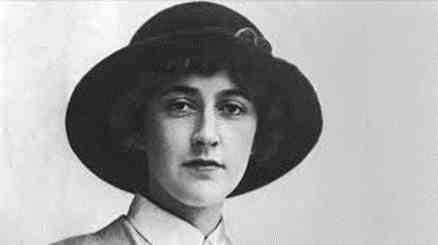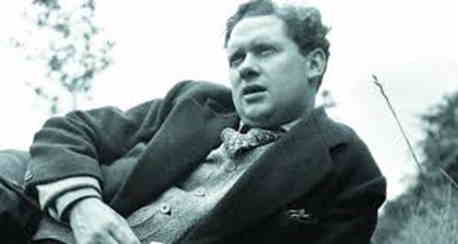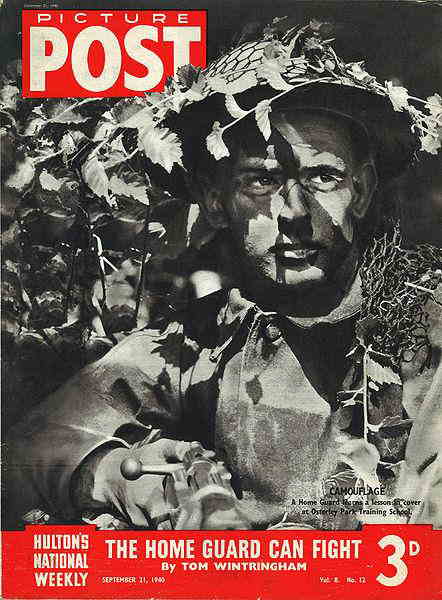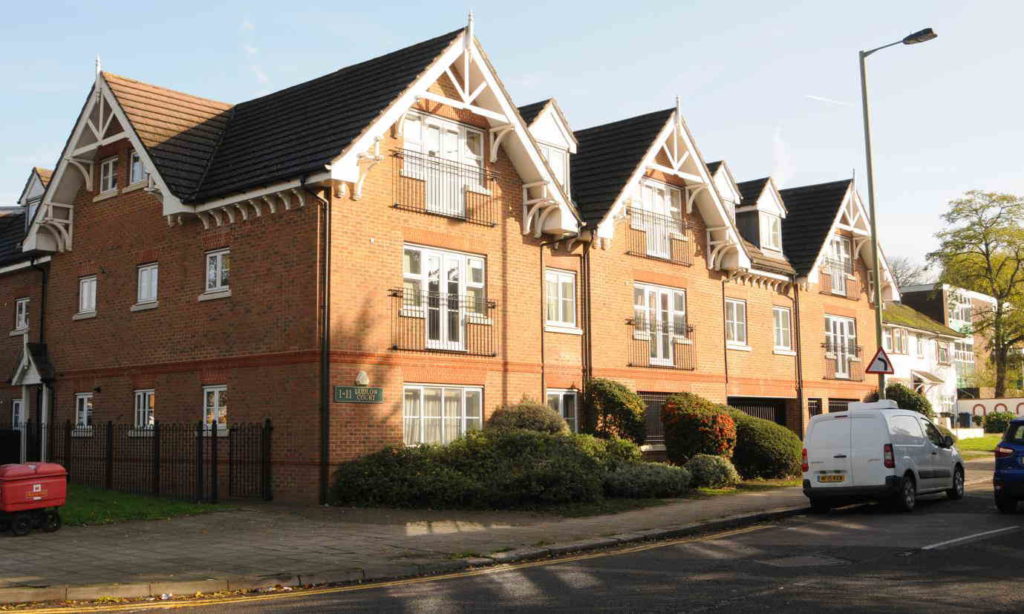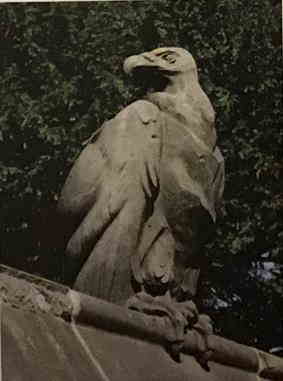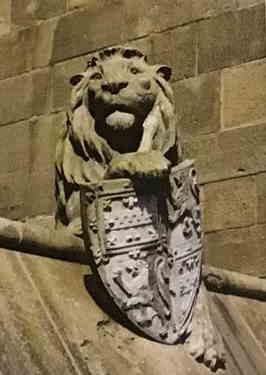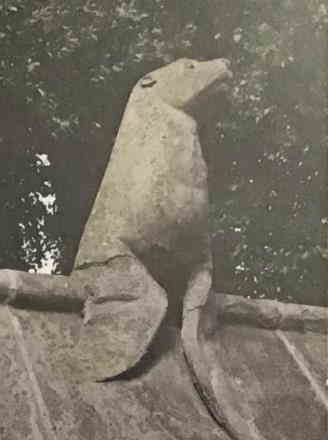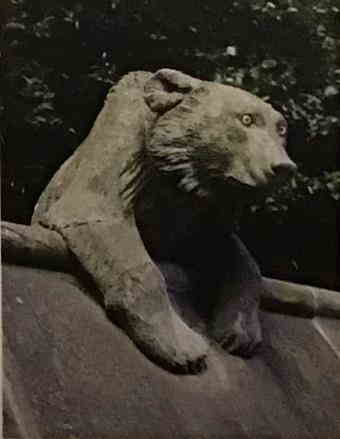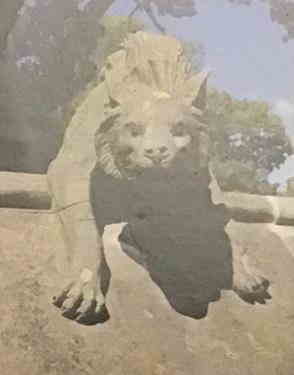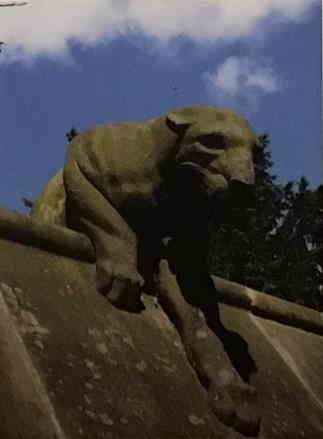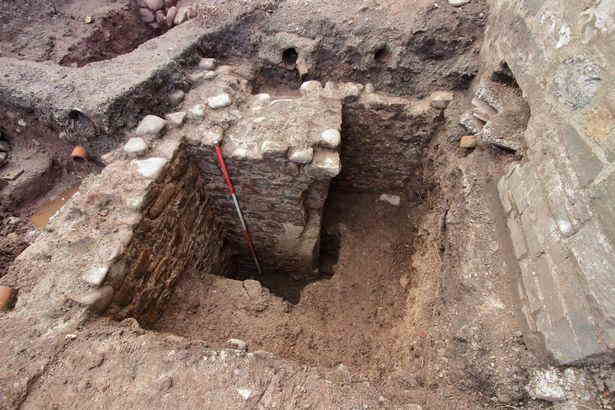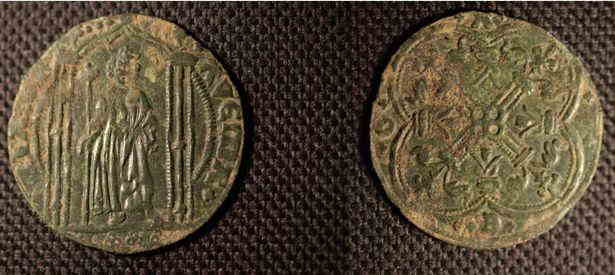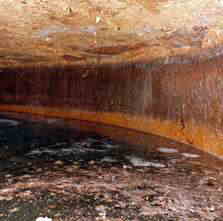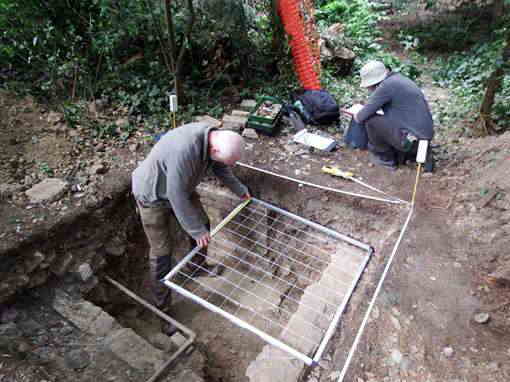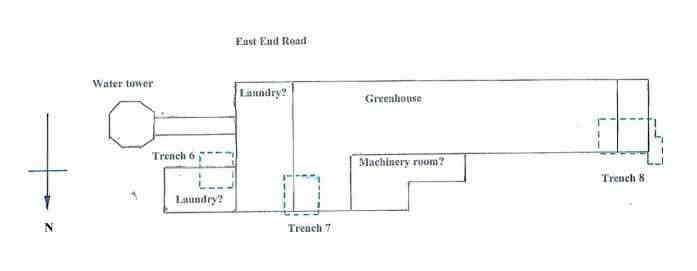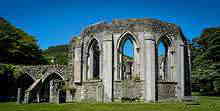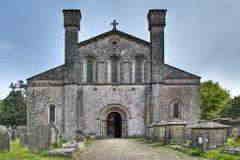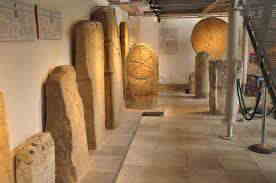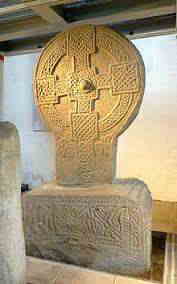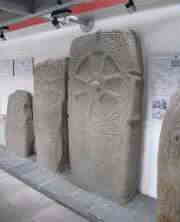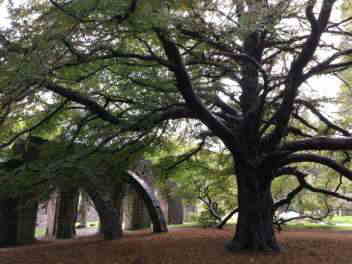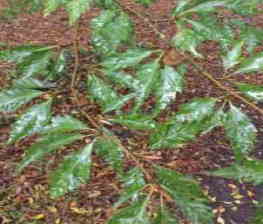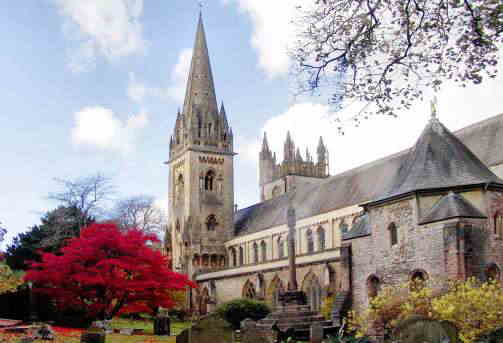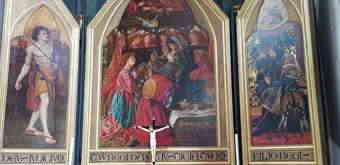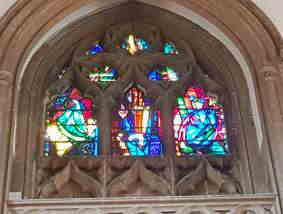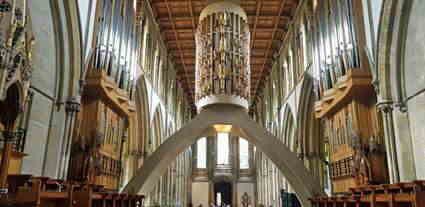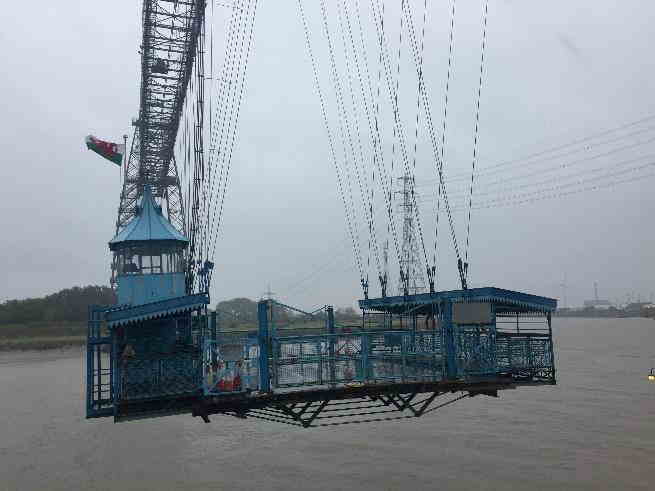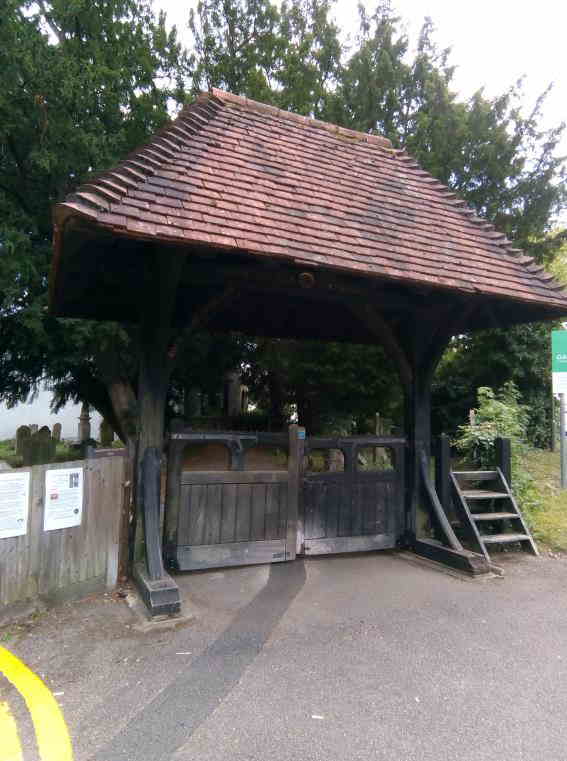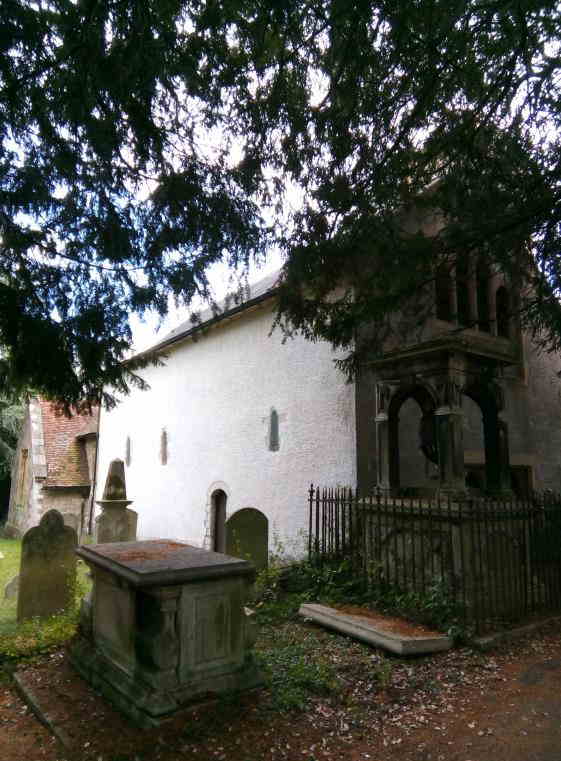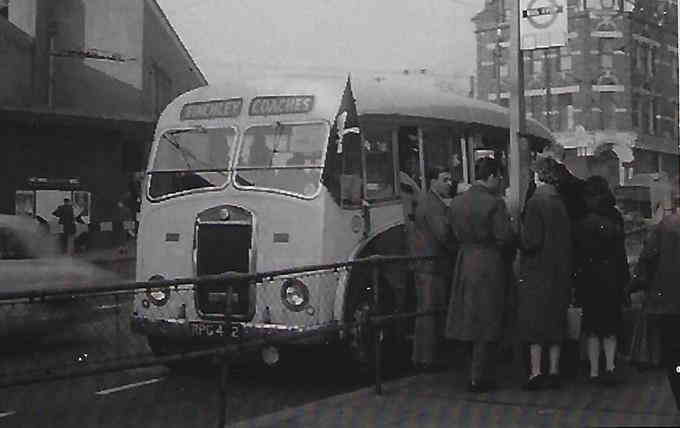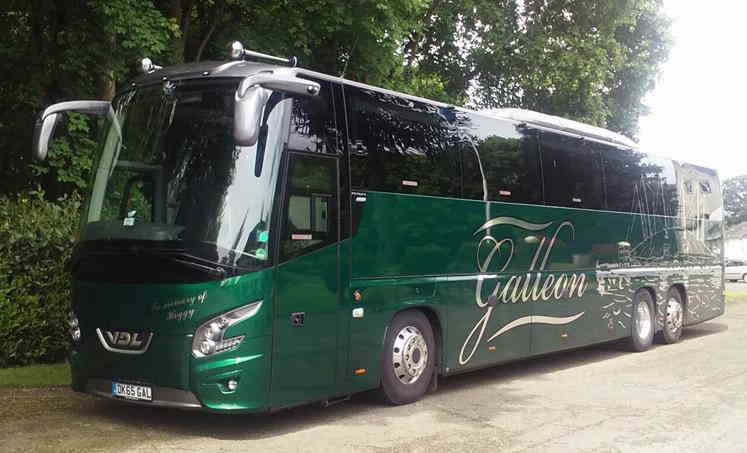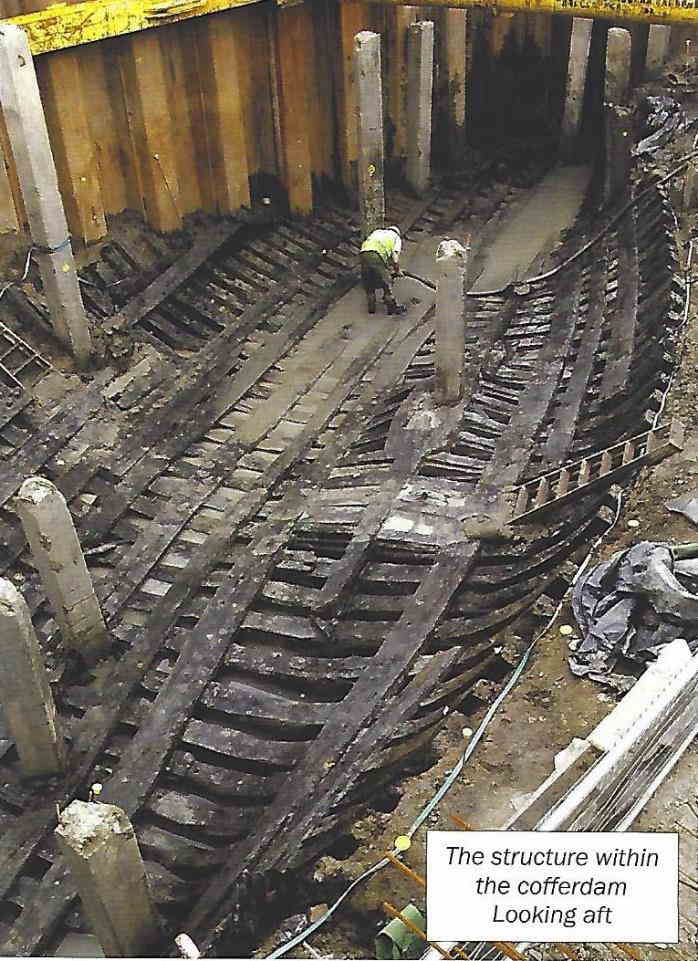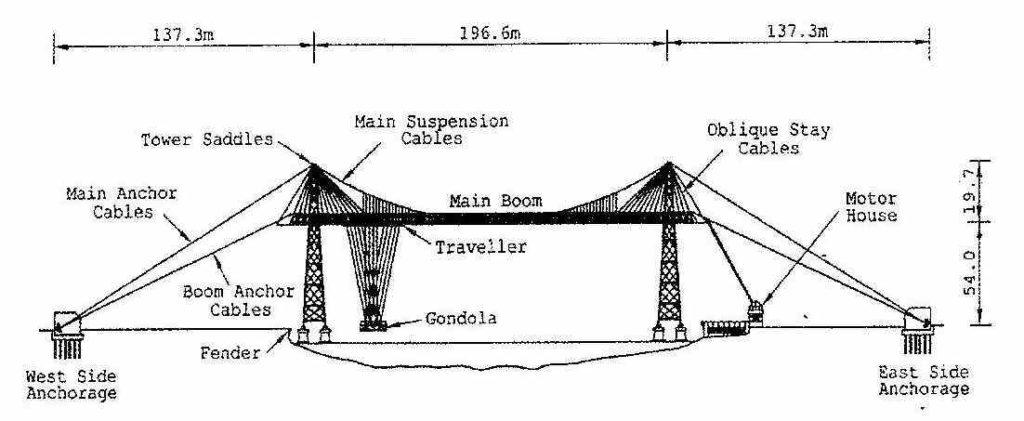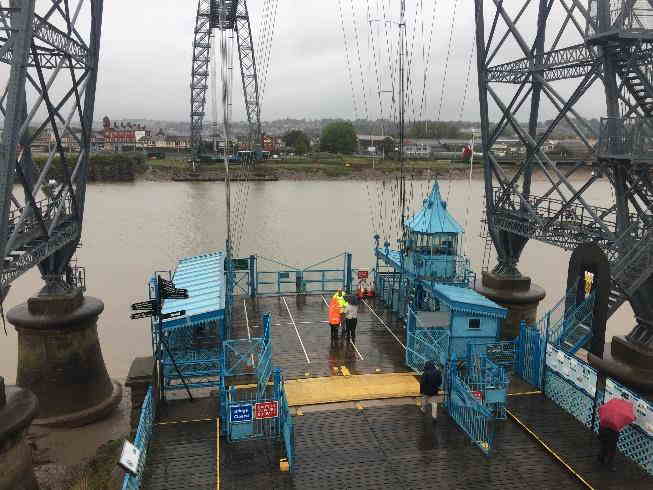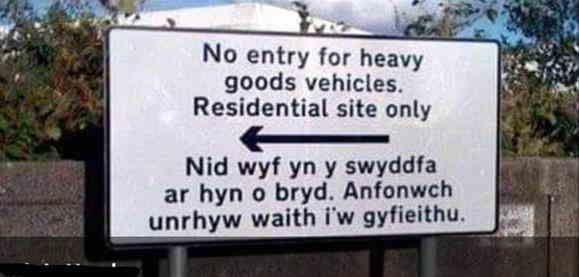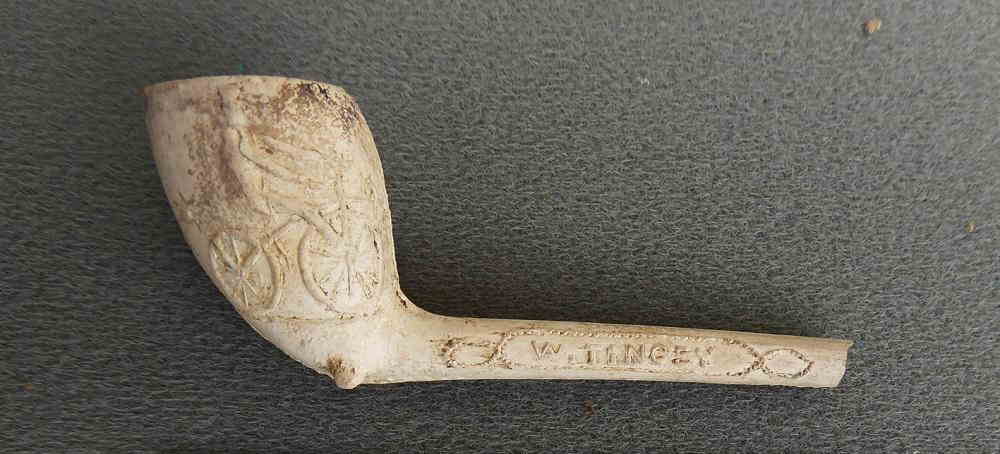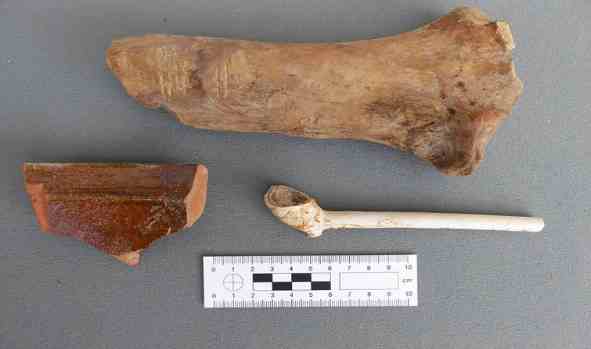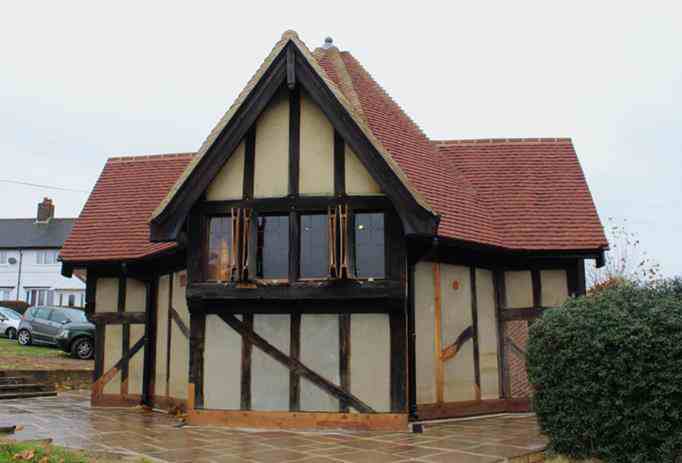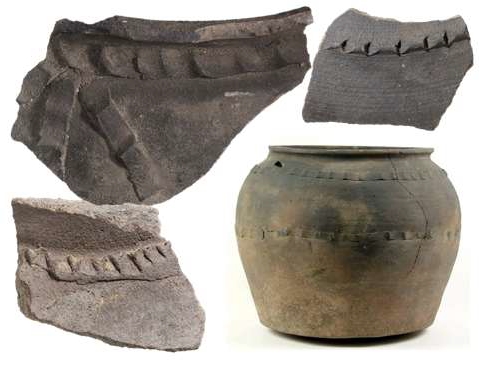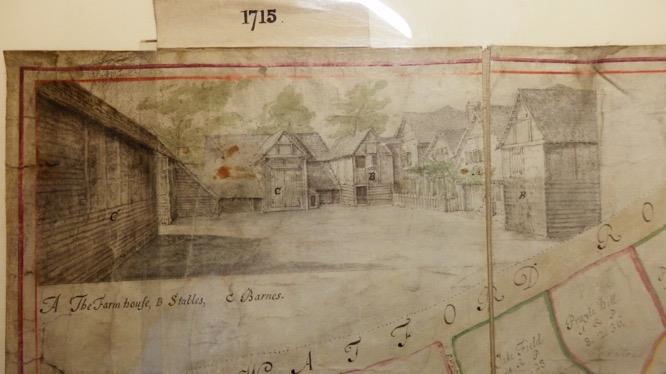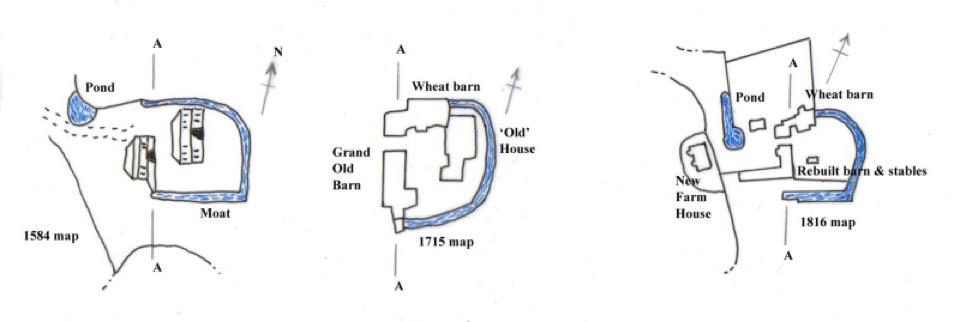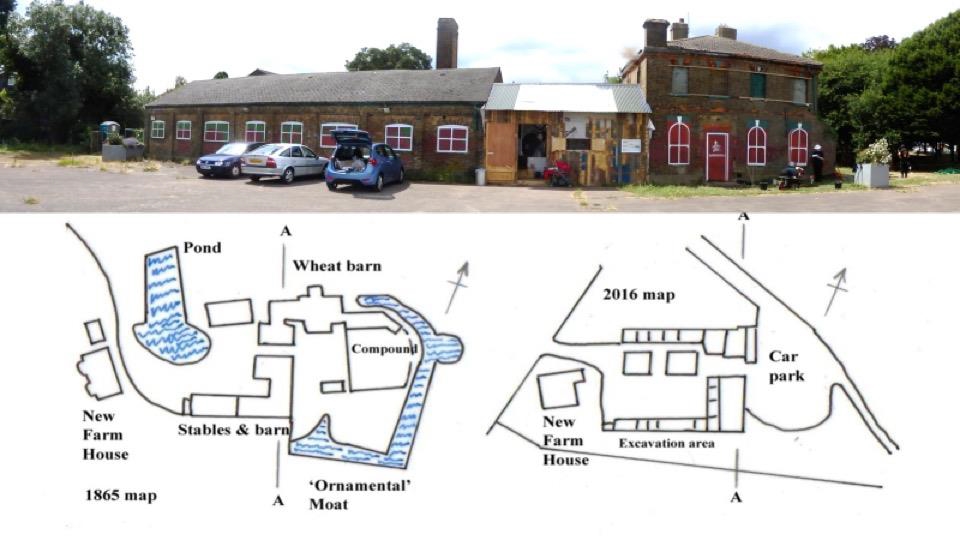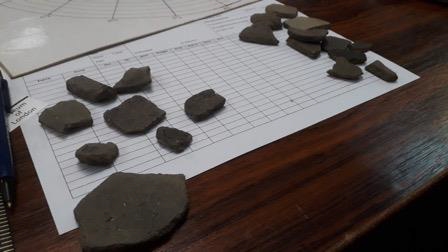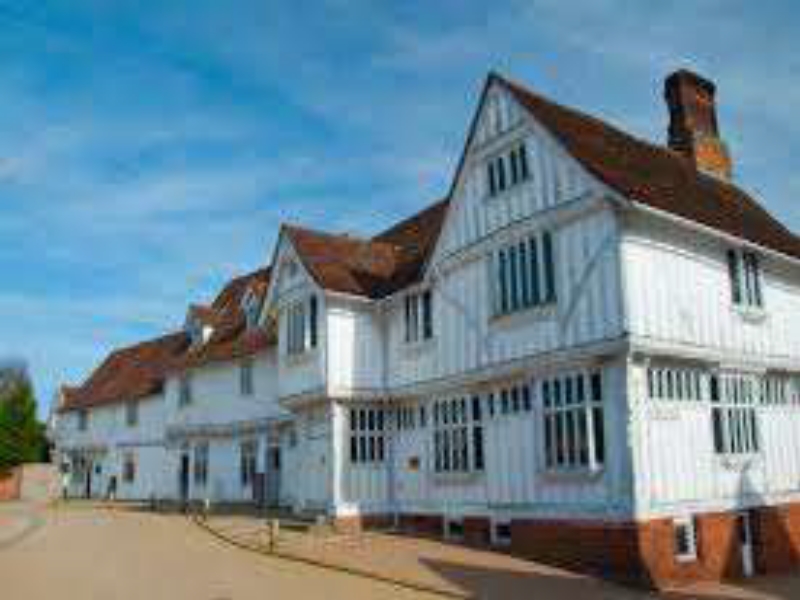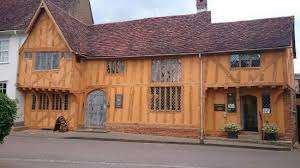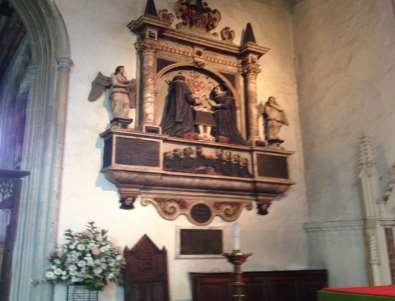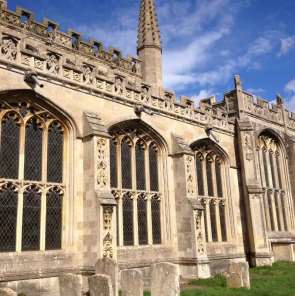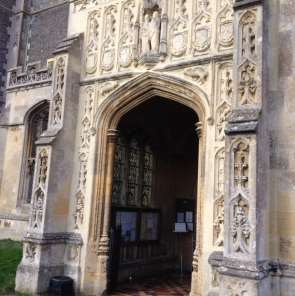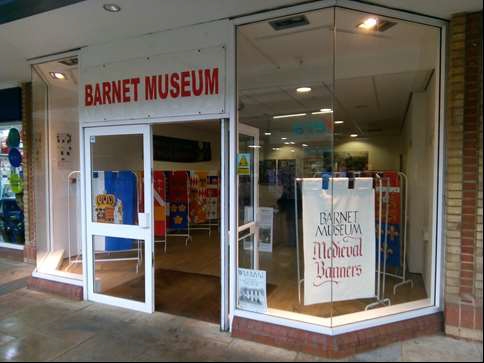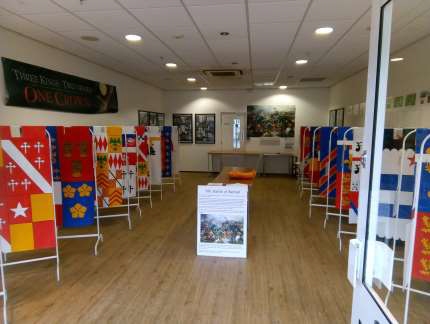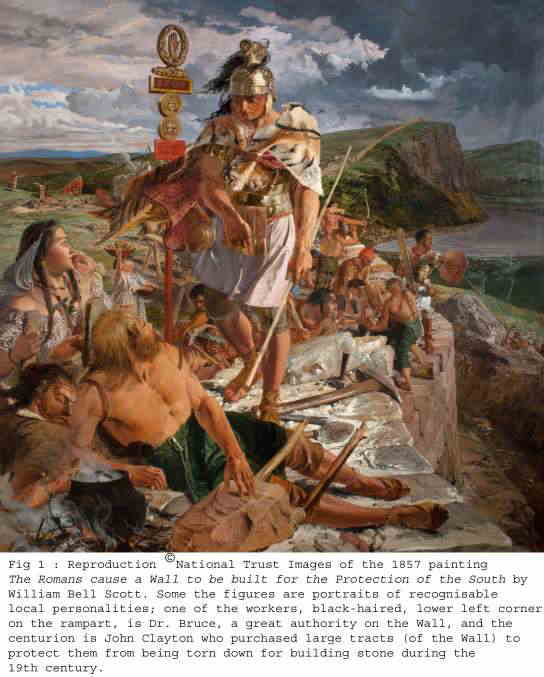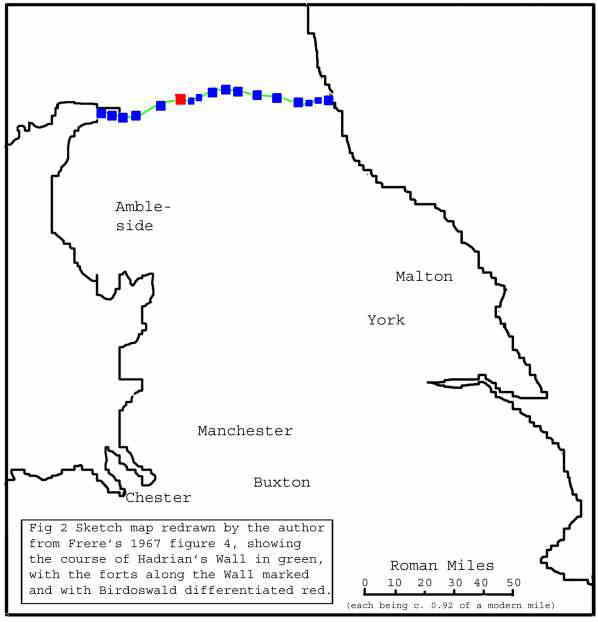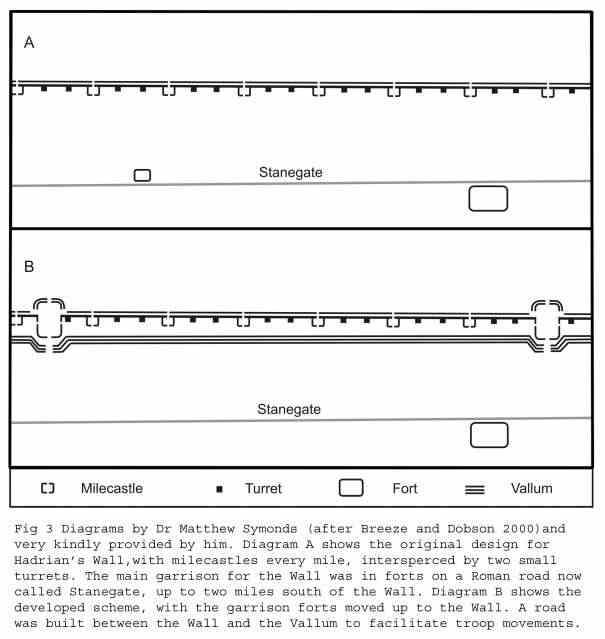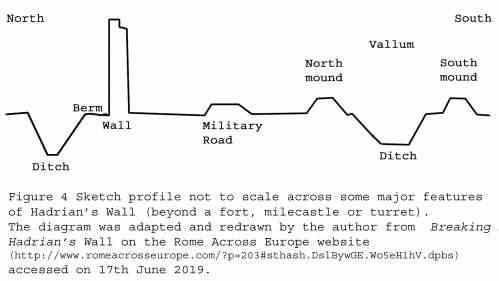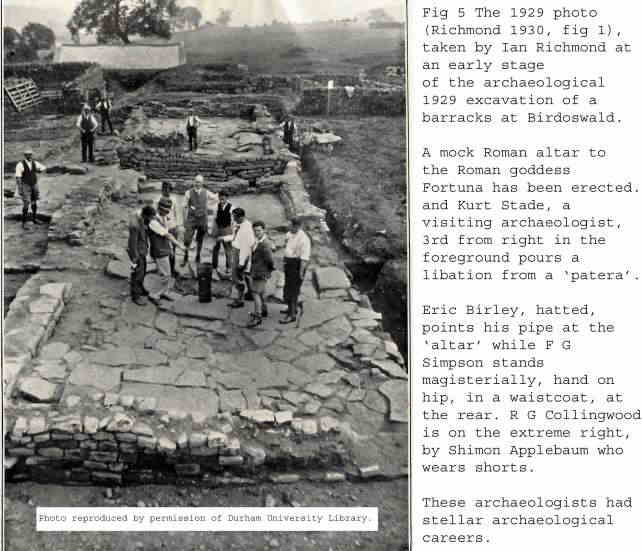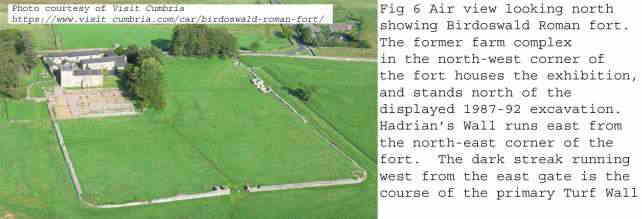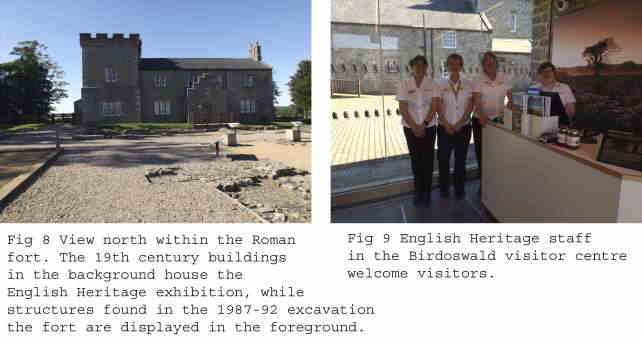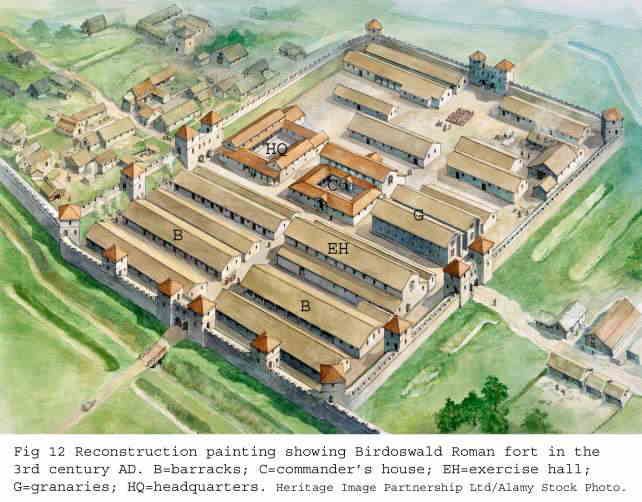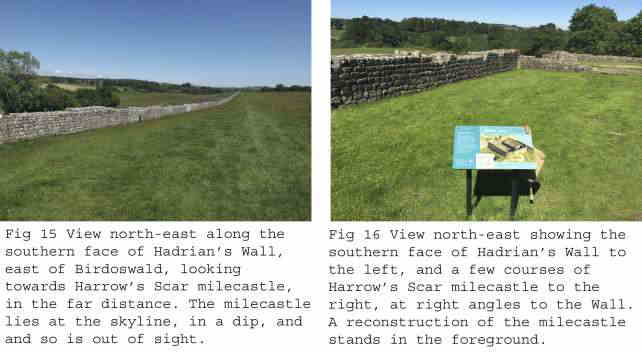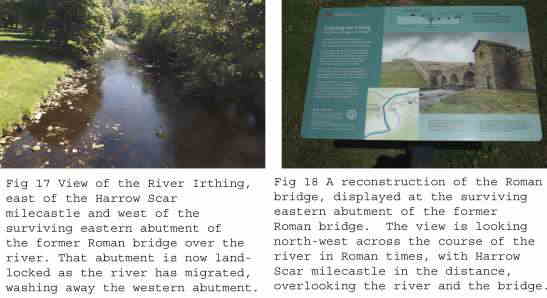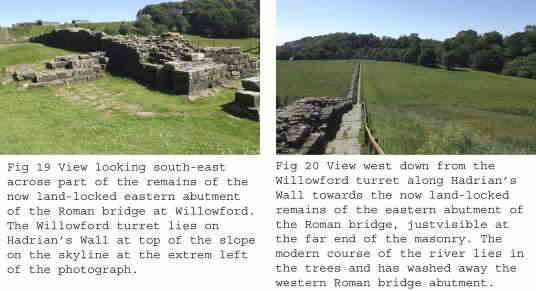

HADAS DIARY – LECTURE AND EVENTS PROGRAMME 2020
Lectures are held at Stephens House & Gardens (Avenue House), 17 East End Road, Finchley, N3 3QE, and start promptly at 8 pm, with coffee/tea afterwards. Non-members admission: £2; Buses 13, 125, 143, 326 & 460 pass nearby and Finchley Central station (Northern Line), is a 5-10 minute walk away.
Members are welcome to visit and view progress on post excavation and research work at Stephens House – we are working there in our basement room most Sunday mornings from 10.30 till 1.00pm
Tuesday 11th February 2020 The Dorothy Newbury Memorial Lecture –
Jon Cotton Prehistory in London – some Problems, Progress and Potential
Tuesday 10th March 2020 Lyn Blackmore From Crosse and Blackwell to Crossrail – MOLA excavations at Tottenham Court Road 2009–10
Tuesday 14th April 2020 Signe Hoffos Lost City Churches
Tuesday 12th May 2020 Tim Williams Archaeology of the Silk Roads
Tuesday 9th June 2020 ANNUAL GENERAL MEETING
September 2020 trip. 20th – 24th September.
We are happy to announce our proposed 5-day trip for 2020.
This will take place from Sunday 20th September to Thursday 24th September and will be based at The Best Western Stoke City Centre Hotel, 66 Trinity Street, Stoke on Trent, ST1 5NB. This was previously a Quality Hotel. Do not confuse with the Best Western Plus Stoke on Trent Moat House which is currently rebranding and considerably raising their prices.
We have tried to keep costs unchanged for several years, normally making a
small profit, but prices have gradually risen and in 2019 we made a loss, so
this year we are having to adjust. The price will be £580 for a single room and
£530 per person sharing a room (double or twin). Costs include dinner, bed and
breakfast and we will provide a packed lunch each day except the Sunday.
Please let Jim or Jo Nelhams (020 8449 7076 or by email) know as soon as possible if you are interested in joining the trip.
We need to confirm numbers with the hotel in March, so we would request a deposit of £195 by Friday 13th March. Cheques payable to HADAS should be sent to 61 Potters Road, Barnet, EN5 5HS or payment can be made direct to the HADAS bank account at Cafbank, sort code 40–52-40, account number 00007253. Balances will be required by Wednesday 15th July.
HADAS Christmas Party Jim and Jo Nelhams
A little belated account, but we had our annual Christmas Party at Avenue House on Sunday 1st December 2019, a week earlier than previous years. The number of members attending was a little disappointing, but this may have been due to clashing with other events.
We had a two- course meal cooked by the staff at Avenue House, which seemed to be enjoyed by all, plus mince pies and coffee a little later in the afternoon as well as pieces of two splendid cakes baked by Liz, the Chairman’s wife.
To test their grey matter, the entertainment consisted of 2 quizzes with clues for identifying British towns and parts of the body. Also, a reading relating the story of the Inn Keeper in Bethlehem called ‘Round the Back’. A pleasant afternoon and thanks to all those who attended.
HADAS COMMITTEE Jo Nelhams (Secretary)
You will have read in last months’ Newsletter the Chairman Don Cooper notified you that he is standing down as Chairman at the Annual General Meeting in June. It is also my intention to retire as Secretary. I will have been Secretary for 12 years and it is time for a change.
Jim and I, as many of you will know, are organising another long trip this year in September, which will be the twelfth year with which we have been associated.
(It goes without saying that we all owe Jo, Jim and Don a huge debt of gratitude for all their extremely hard work, efforts and time spent on behalf of the society over many years now-
This also means that it is VITAL to recruit new members of the committee NOW to fulfil essential roles and ensure that your society is still able to function for the benefit of its members.
YOUR COMMITTEE NEEDS YOU!!)
AVENUE HOUSE (STEPHENS HOUSE AND GARDENS) EVENT;
Thursday 13 February. 7.30pm QUIZ NIGHT Cost £15 including supper and cash bar.
HADAS do have a regular team, but are looking for some new members, as they have lost some of their former members recently.
Starts at 19.30. Telephone 020 8346 7812 to reserve a ticket.
Welsh trip day 3 Jim Nelhams
Wednesday started with a short coach ride around the bay to Swansea, where we dismounted by the Swansea Museum. The quayside must have been very busy, because there are lots of railway tracks crossing the area and even running under some of the buildings.
We made our way along the quayside to find the narrowboat which was to take us for a short cruise. After this, a choice of places in the area to visit. (There really was something for everyone-Ed)
Boat Trip at Swansea Liz Tucker

The Welsh name for Swansea is Abertawe, the estuary of the river Tawe, and this position, as well as the availability of superior-quality coal nearby, made the city a centre of commerce for centuries. Some of the coal was exported, but much of it was used to smelt copper, which was brought in by ship; Swansea was therefore nicknamed “Copperopolis”.
The docks were created in the 1800s by canalising the river, but much later became redundant when copper production moved to Australia, where many Welshmen then emigrated. The area was then dedicated to heritage, and now contains a marina, a couple of museums (one a former potato warehouse), various restaurants, and a sculpture of Dylan Thomas.
As we boarded the “Copper Jack” for a 90-minute trip upriver, the sun came out. Dave, our very informative guide, took us through the history of the area. He handed round a heavy copper ingot.
Originally, copper was mined in Anglesey, but as demand rose, it was imported from Cornwall, and later from Cuba and Chile. In the 1800s, most of the world’s copper was smelted here. Over the next 100 years, the city’s population rose from under 10,000 to 100,000. The ships’ captains had a reputation for fairness, but it was still a perilous voyage for sailors. They might be wrecked while sailing round Cape Horn, or contract tropical diseases; mosquitos brought back from Cuba escaped from the ship and caused the only yellow-fever epidemic in a British city. If the ship carried coal, it might combust spontaneously!
Our voyage, however, was peaceful. We entered the marina, where the boats we saw ranged from an old rust-bucket, once a light-ship, to the state-of-the art “Mary Anning”, a university research ship. We passed through a lock, into the river, where wildlife can often be seen – kingfishers, cormorants, seals, herons and swans (although Swansea is actually called after a Viking called Swein). The river is aerated through a pipe, for the sake of the fish.
The wildlife must have been hiding in the undergrowth on the banks, which is rather stunted because of poisoning from copper spoil – all I noticed was a couple of ducks!
We passed an old ice-house, the towers of the old railway bridge, an anti-aircraft gun, and White Rock, an old copper-smelting site with dock, where the Time Team have done a dig. We turned back to Swansea at the bascule bridge.
The local Vivian family made a fortune from copper, and then became distillers. One of them visited the Chile mines, and discovered some huge copper bells, abandoned after a tragic church fire. He planned to melt them down, but was persuaded to donate them to a Swansea church, where they remained for many years; recently they were returned to Chile.
Copper was, and is, very much in demand for all kinds of purposes. Ships were “copper-bottomed” to avoid damage. Slave traders, some of whom owned White Rock, made tokens to pay for their purchases, and equipment for distilling molasses.
And, of course, copper is used for electrical wiring, and for kitchen ware. I remember a music-hall song which ends “If I can’t have a proper cup of coffee from a proper copper coffee-pot – I’ll have a cup of tea!”
A Transport of Delight Andy Simpson
It was Wednesday so it must be Swansea…
These HADAS trips have always managed to get me to locations I have wanted to visit but am unlikely to have got to otherwise, and this was no exception.
The Tram Shed in Dylan Thomas Square in the marina area being a case in point. This modern two-story building is run by Swansea Museums – https://www.swansea.gov.uk/swanseamuseum
Having recently written an article for the historical quarterly journal Tramway Review on the erstwhile Swansea and Mumbles railway, I was keen to see the one remaining section of one of its trams (usually operated as two-car ‘trains’) still on public display. This railway ran around the edge of Swansea Bay to Mumbles Pier, its route being distantly visible from the seafront by our hotel.
It originated as a horse-drawn mineral line opened to Oystermouth in 1804 (!) and in 1807 became the first passenger railway in the world, using a horse drawn coach. Steam passenger operation began in 1877 and was extended to Mumbles Pier by 1898.
The line was electrified in 1929 using thirteen huge red double deck cars, the end of one of them, car 7 being in the tram shed. When the line closed despite local opposition in January 1960, this end was cut off and initially displayed in the open at the rear of the nearby Swansea Royal Institution, now Swansea Museum, which a number of us also visited on the day.
Also displayed there is the delightful yellow-painted 1954 Swansea and Mumbles Railway built replica of the original 1807 Oystermouth Tramroad Company horse-drawn coach (‘Llewellyn’s coach’), built to commemorate the 150th anniversary of the line; it incorporates parts, including the wheels, of the former shunting loco, 1929 0-4-0 Hardy Railmotors petrol-electric loco Swansea and Mumbles Railway No 14, formerly used for limited freight traffic on the line.
On show also is the restored Brush-built Swansea Tramways Co double deck car 14 of 1923, built by Brush to a ‘lowbridge’ design originally used by Cardiff Corporation Tramways and operated until closure of the Swansea Tramways in January 1937. Like many recent restorations (this one by a 1980s Job Training Scheme following initial rescue of the lower saloon in 1977), it is actually a composite car using the top deck of classmate car 12, also rescued from a local farm after many years use as a store, resting on a truck from Belgium. It is missing many fittings but still looks impressive.
Due to severe Swansea Museums budget cuts of up to 50%, the Tram Shed is now only open on Wednesdays and Saturdays, staffed by very friendly, though elderly, volunteers. My chat with them generated much interest when I showed my article.
A curator was summoned and the article copied, with much interest shown in my revelation that the bogies of another Swansea and Mumbles car survive in store in the Peak District, The complete car number 2 went to the pioneer heritage Line the Middleton Railway in Leeds for preservation in June 1960, but after severe vandalism and decay after a decade stored outside was burnt for scrap in June 1970, the tramway museum at Crich (visited on a previous HADAS trip) purchasing the rusting bogies from a muddy field in early 1973.
The Tram Shed also houses railway items including signs, rails, and the nameplate and classic ‘copper-capped’ chimney from GWR Castle Class express passenger locomotive 7008 ‘Swansea Castle’, withdrawn from Old Oak shed, London, in September 1964.
For more on the Swansea and Mumbles railway see http://www.welshwales.co.uk/mumbles_railway_swansea.htm
The budget cuts were obvious viewing the sadly decaying state of the council-owned historic tug, lightship and pilot boat moored outside the adjacent Museum of Wales operated National Waterfront Museum, the council having stopped paying the mooring fees for their access pier, meaning visitors can no longer board the three vessels, as explained by the understandably upset volunteers, One of them was a retired railway signalman, and he even gave me a copy of an article on local mechanical signal boxes and semaphore signals.
The National Waterfront Museum Andy Simpson
Formerly the Swansea Maritime and Industrial Museum, this is part of the National Museum of Wales, and an excellent example of how a modern museum in a purpose-built modern building can appeal to diverse audiences as a ‘Community Hub’ in modern parlance.
It is autism friendly and has ‘ Chill Out room for those needing space to take time out’ and even monthly ‘Quiet Hours’ for those wanting to avoid noise and crowds and STILL have lots of interesting actual exhibits (around 2000 on display) rather than the stripped-out approach favoured by rather too many modern museum design teams.
It features chunky large sized exhibits such as the working replica of Richard Trevithick’s Penydarren Steam Locomotive of 1804 that ran in Merthyr Tydfil and the original Cardiff-built Watkins CHW ‘Red Robin’ monoplane of 1909, similar to the English-Channel crossing Bleriot of that same year which was flown extensively until 1916 – one of the earliest examples of an aircraft in the UK, two examples of the infamous 1980s battery – powered Sinclair C5 and a Benz motor car of 1904 donated to the Science Museum by its Chepstow owner in 1910 and with the National Museum of Wales since 1911!
See https://museum.wales/articles/2019-09-17/Wheels-in-Wales/
There is of course a pleasant café and shop selling local products, a community garden maintained by volunteers and schools, and in 15 galleries art and social history displays covering 300 years of more recent Welsh industrial history (leaving the archaeology to the nearby Swansea Museum), temporary exhibitions, a whole room full of wonderful transport models, and a pleasant outside verandah with views over the marina.
And, of course, that essential for modern life – free wi-fi!
Swansea Museum Jim Nelhams
Leaving the Tram Shed and passing alongside the Dylan Thomas Theatre took us back to the Swansea Museum. You are able to visit Swansea Museum at four locations – the Museum itself on Oystermouth Road, the Tram Shed in Dylan Thomas Square in the Marina, the Museum Stores in Landore and the floating exhibits in the dock by the Tramshed.
This museum building concentrates on the local area, with some archaeological finds and a splendid display of Welsh ceramics.
There are also temporary exhibitions and one had just opened when we visited, titled “50 years of Music”, a journey through Swansea’s musical heritage since 1969 including its venues, influential people, stand out gigs as well as local and visiting musicians. A few nostalgic moments listening to recordings from the past.
The Dylan Thomas Experience Claudette Carlton
Dylan Thomas was born in 1914 in Swansea and died in the USA in 1953, at the age of 39 years.
The Dylan Thomas Centre is close to the river in Swansea and is home to a permanent exhibition “Love the Words”, which opened on Dylan’s 100th Birthday. The exhibition takes the form of a timeline of his life, with a wealth of archive material from the University of Swansea. There are photographs and documents from his childhood.
Edith Sitwell was an early champion of his poetry: T. S. Eliot refused to publish him at Faber: and as he became famous, he knew EVERYBODY. Mervyn Peake was a friend. Stravinsky wanted him to collaborate on an opera: he knew Salvador Dali: Augustus John painted his portrait – and so on.
And while he was smoking and drinking and marrying Caitlin, working as a journalist and in the theatre, and never having any money, he was writing the most extraordinary, beautiful poetry. There is audio-visual material in the exhibition (Richard Burton reading ‘Under Milk Wood’); and then the lecture tours in America which were too long and too demanding, and his death.
There is a short video at the end of the exhibition of his funeral, the male mourners walking at the front of the procession, then Dylan’s coffin, then the women: and finally a shot of his mother, alone. She had lost her husband, son and daughter in one year.
Among many obituaries in the archive, one announced “Adonis is dead”. And who did he write for? In his own words,
“I write on these spendthrift pages
For the lovers, their arms round the grief of ages
Who pay no praise or wages
Nor heed my craft or art.”
5 Cwmdonkin Drive Kevin McSharry
“Come Tell Me How You Live”
If HADAS should ever be in need of a motto or strap line perhaps “Come Tell Me How You Live” would more than suffice.
The words are those of Agatha Mallowan, better known as Agatha Mary Clarissa Christie, Lady Mallowan DBE the writer of detective novels and the wife of Sir Max Mallowan , distinguished archaeologist .
Agatha took a full part in every one of Max’s excavations in Syria and Iraq; and wrote about her experiences in her archaeological memoir: Come Tell Me How You Live
(A young Agatha Christie) (Dylan Thomas)
Claudette Carlton, another of our group, and I, in visiting “The Dylan Thomas Exhibition”, sought through the wealth of archive material to answer how the poet, and tortured soul, Dylan Thomas had lived, loved and worked. The exhibition was opened by President Jimmy Carter. Dylan is President Carter’s favourite poet, a fact which reflects Dylan’s huge popularity in the United States.
President Carter regretted that it had not been possible for him, while in the city, to visit 5 Cwmdonkin Drive, The Uplands, Swansea, Dylan’s birthplace.
I sought to achieve what had not been possible for President Carter; and after a phone call seeking permission, took a taxi, with two other intrepid companions, Pauline and Malcolm, to the semi-detached house where Dylan had been born and brought up. What a wonderful visit. A pure delight!
5 Cwmdonkin Drive, now in private ownership, is furnished in the style of the period when the Thomas family lived there. It was Dylan’s home for 23 years; more than two thirds of Dylan’s published works came from material created during his time living at 5 Cwmdonkin Drive. With the help of a friendly and knowledgeable Korean guide, completing a Master’s in Tourism and Marketing at the city’s University, we visited each of the rooms in turn: here the sitting room (used only for visitors and festive occasions), here Dylan’s tiny bedroom and so on.
An impressive video, recorded in America by President Carter, welcomed us to the house.
The house is open daily for visitors except when used for functions or as a B&B. Yes, a B&B! Yes, one can actually stay there.
“Love of Words” Exhibition should be combined, if possible, with a visit to 5 Cwmdonkin Drive. The two complement each other and thoroughly immerse one in the life and times of Dylan Marlais Thomas and in the words of Agatha Christie Dylan told us how he lived.
Postscript Jim Nelhams
Finally, our group re-assembled by the museum for our ride back to the hotel after a day incorporating a variety of interesting places.
The Tower of London’s Ravens Stewart Wild
I was playing around with collective nouns, as one does (who isn’t intrigued by a murder of crows or a murmuration of starlings?), when I found that ravens collectively are known as a congress, conspiracy, an unkindness, or even a treachery.
My curiosity piqued, I decided to dig deeper, and alighted on the country’s most famous ravens, Corvus corax, those at the Tower of London.
These magnificent birds, members of the genus Corvus, the crow family, have been associated with the Tower for many centuries, perhaps even since its founding in the eleventh century.
A well-known superstition is that if the ravens were ever to leave, the White Tower would crumble and a great disaster would befall the monarchy. For this reason, the ravens have been protected, it is said, by royal decree since the reign of Charles II.
Some doubtful historians, however, think that the original birds may have just been Yeoman warders’ pets and that the superstition may only date from Victorian times, although Astronomer Royal John Flamsteed (1646–1719) does mention ravens in his diaries.
Numbers vary
There are usually at least six ravens kept at the Tower, the responsibility of the Ravenmaster, one of the senior ex-servicemen (and women) known as Beefeaters. As they are captive-bred at the Tower (the birds, not the Beefeaters), there are often more than six, and any birds surplus to requirements are given an exit visa and posted (not literally) to a zoo or bird sanctuary.
The birds have names, sometimes reflecting their character or origin. Recent names have included George, Odin, Thor, Merlin, Hugine and Munin. Each bird has a differently coloured band clipped around one leg to aid identification.
The ravens are well cared for. Like all Corvidae, they are eaters of carrion and are fed on roadkill, dead mice, chicken and the like. They get a medical check-up once a week, dietary supplements like cod liver oil if thought necessary, and can live up to forty years.
Occasionally a bird will escape, but is usually recaptured or flies back on its own. To prevent them flying too far, the feathers on one wing are slightly trimmed, and as a result the birds tend to hop around the Tower’s lawns rather than take to the air. The ravens are always popular with visitors, who are warned not to get too close to them since they have a tendency to attack if scared.
Sometimes an individual bird will fall out of favour because of “inappropriate behaviour”. A few years ago, for example, a raven named George lost his appointment to the Crown, and was retired to Wales for attacking and destroying TV aerials.
The Tower is always worth another visit; next time look out for the remarkable ravens.
Other Societies’ Events Eric Morgan
AMENDMENTS TO HADAS JANUARY NEWSLETTER
The time for Monday, 17th February Enfield Society shown as 10.30am should be 7.30PM.
The date for the Historical Association, shown as 25th February, should be Thursday 20th February, and the postal district shown as NW6 should be NW11.
The date for Finchley Society shown as 25th February, should be Thursday 27th February.
NEW EVENTS
As ever, please check with the organisations before setting out in case of any changes or cancellations.
Thursday 20 February, 7.30pm Camden History Society Burgh House, New End Square, NW3 1LT Camden’s Parish Maps, 1720-1900. Talk by Simon Morris. Visitors £2.
Friday 21 February, 7.00pm COLAS St Olave’s Church, Hart St, London EC3R 7NB AGM and Lecture ‘Excavations at the Adrian Boult Music Centre, Westminster Abbey; Joe Brooks, Pre Construct Archaeology. Lecture followed by Wine and Nibbles. Visitors £3.
Sunday 1st March, 10.30am Heath & Hampstead Society Meet at Burgh House, Hampstead – address as above. The History of Hampstead Heath Ponds. Walk led by Marc Hutchinson (chair) Donation £5. Lasts approximately two hours.
Wednesday 4 March, 8.00pm Stanmore & Harrow Historical Society Wealdstone Baptist Church Hall, High St, Wealdstone, HA3. Codebreaking Outstations Talk by Richard Koorm. Visitors £3.
Thursday 5 March, 8.00pm Pinner Local History Society. Village Hall, Chapel Lane Car Park, Pinner HA5 1AB Building Pinner – Talk by Research Group. £3.
Wednesday 11 March, 2.30pm Mill Hill Historical Society. Trinity Church, 100, The Broadway NW7 3TB Trent Park; Its History & Involvement in WW2 Dr Helen Fry.
Preceded by A.G.M.
Thursday 12 March, 6.00pm Gresham College, Barnard’s Inn Hall, Holborn, EC1N 2HH Corpse Roads; Digital Landscape Archaeology Talk by Stuart Dunn. Exploring how modelling can help unlock the secrets of Britain’s Ancient pathways, focussing on those taken by coffin bearers over the countryside before the enclosures. Free.
Thursday 12 March Highgate Society Time not stated. 10A, South Grove, N6 6BS Shopping Parades; Our Undervalued Heritage Talk by Delcia Keate Visitors £5.
Monday 16 March, 8.15pm Ruislip, Northwood & Eastcote Local History Society
St Martin’s Church Hall, High St, Ruislip, HA4 8DG
Brentham Garden Suburb. Talk by Sue Elliott (Brentham Society) Visitors £2.
Wednesday 18 March, 7.30pm Willesden Local History Society St Anne’s Church Hall, Neasden Lane, NW10 2TS (Nr. Magistrate’s Court) Britain’s First Supergrass Talk by Dick Weindling (Camden History Society) Discovering a tale about a shady local character.
Thursday 19 March, 8.00pm Historical Association: Hampstead & N.W. London Branch Fellowship House 136A Willifield Way, NW11 6&D (off Finchley Rd in Temple Fortune) Cromwell – A Talk by Alan Marshall, Visitors £3. Refreshments available.
Friday 20 March, 8.00pm Wembley History Society English Martyr’s Hall, Chalk Hill Road Wembley (top of Blackbird Hill, Adj. to Church) The B to Z of Street Furniture in London Talk by Robert Kayne. Visitors £3. Refreshments in interval.
Friday 20 March, 7.00pm COLAS – address as above, ‘CRaFT To DATE; – Recent fieldwork and research on the project to investigate the Causeways, Riverstairs and Ferry Terminals of the tidal Thames. Various speakers.
Saturday 21st March, 11am – 5.30pm LAMAS Annual Conference of London Archaeologists The Weston Theatre, Museum of London, 150 London Wall, EC2Y 5HN. Morning session Recent Work till 1pm, Lunch. Afternoon session Monastic Archaeology in London from 2pm. Tea 3.30-4.30pm, & Displays of work and publications upstairs in Clore Room. Cost (inc. tea) early bird (before 1 March) £15, full price £17.50. Tickets from Jon Cotton c/o Curatorial Dept, MoL, London Wall EC2Y 5HN joncotton1956@gmail.com
Saturday 21 March, 10am – 4.30pm West London Local History Conference University of West London The Paragon, Boston Manor Road, Brentford TW8 9GA. Celebrations in South and West London. Please see the Richmond Local History Society’s website for more info, www.richmondhistory.org.uk
Wednesday 25 March 7.45pm Friern Barnet & District Local History Conference
North Middx Golf Club, The Manor House, Friern Barnet Lane, N20 0NL The Palace of Westminster – 1834 to date. Talk by Barry Hall. Visitors £2. Bar/refreshments available.
11
Thursday 26 March 7.30pm Finchley Society Drawing Room, Avenue House (Stephens House) 17, East End Road, N3 3QE Finsbury Freehold Society & The Creation of Finchley Park. Talk by Stephen Yeo (Fin. Soc) Visitors £2. Refreshments available.
END PIECE Andy Simpson
Work continues at ‘Avenue House’ most Sunday mornings, usually 10.30-11 (ish)
We have recently concentrated on the post-excavation analyses of the finds from last summer’s dig (our third) at Clitterhouse Farm. Lots of Victorian and later pottery and glass, with a few pieces of 18th pottery and glass seemingly concentrated in one corner of the site.
And most unusually, not a single coin of any date. But an awful lot of brick and tile!
We will shortly be starting to work on the HADAS response, in archaeological terms, to the latest Barnet Local Development Plan which has identified 67 individual sites throughout the borough for development work, mostly residential and often consisting of massive blocks of flats, over the next 15-20 years. Some of these sites HADAS has dug at or near to in the past.
Feel free to pop along and see what we are up to!
With thanks for newsletter contributions this month to; Claudette Carlton, Kevin McSharry. Eric Morgan, Jo Nelhams, Jim Nelhams, Liz Tucker, Stewart Wild
Hendon and District Archaeological Society
Chairman Don Cooper 59, Potters Road, Barnet, Herts. EN5 5HS (020 8440 4350) e-mail: chairman@hadas.org.uk
Hon. Secretary Jo Nelhams 61 Potters Road Barnet EN5 5HS (020 8449 7076) e-mail: secretary@hadas.org.uk
Hon. Treasurer Roger Chapman 50 Summerlee Ave, London N2 9QP (07855 304488) e-mail: treasurer@hadas.org.uk
Membership Sec. Stephen Brunning, Flat 22 Goodwin Court, 52 Church Hill Road, East Barnet EN4 8FH1 (020 8440 8421)
e-mail: membership@hadas.org.uk
Web site: www.hadas.org.uk
